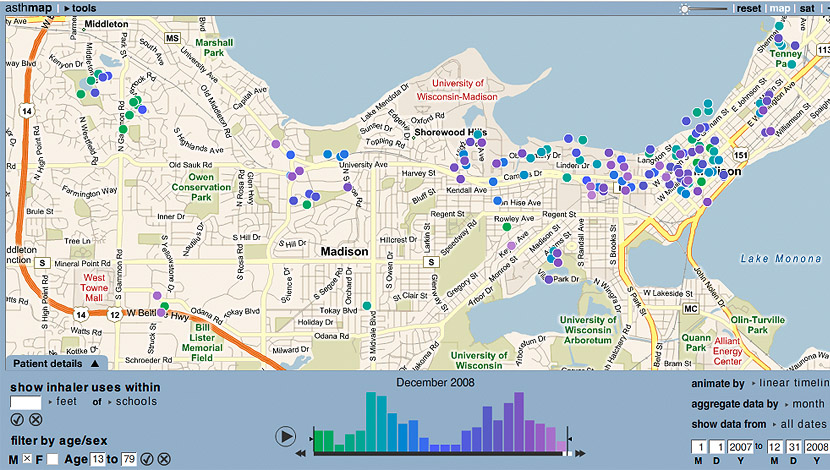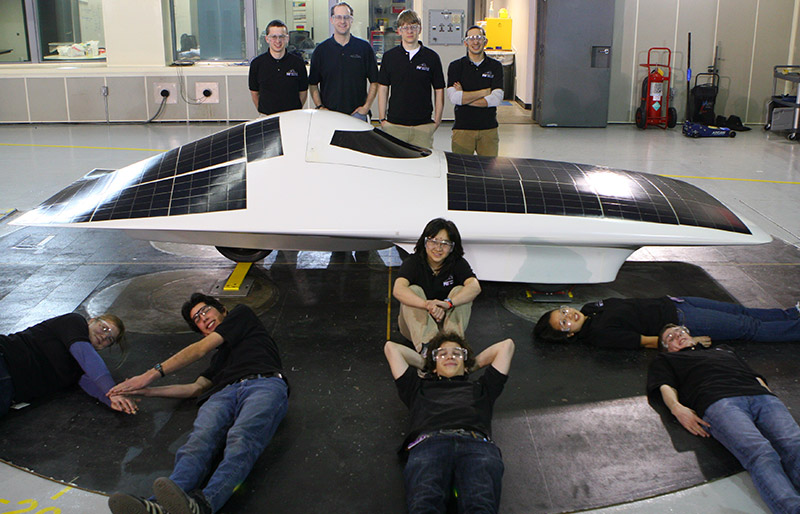Jennifer Bogo, Science Editor at Popular Mechanics, published Poop Power: U.S. Farms Save Big Turning Manure to Kilowatts (October 8, 2008; web only):
If I’d driven up Kingwood Road here two years ago, there’s a very good chance that I would have smelled Hillcrest Saylor Dairy Farm long before I reached its gravel driveway. But as I open my car door on Monday not 100 yards from the would-be offenders—approximately 600 Holsteins—the only odor that drifted my way was that of the freshly compacted corn silage that feeds the cows. Harnessing bacteria to generate energy from waste is not a new concept: According to the National Renewable Energy Lab, the first digestion plant was built at a leper colony in Bombay, India, in 1859. But for all practical purposes, the first farm-based digesters in the United States were introduced during the 1970s. Since then, farmers have relied on three basic designs. After visiting several and seeing them in action, Saylor decided to combine the most desirable features of each design into his own, based on the needs of his farm.
{NB: , the capture of methane from sewage systems seems to date to the work of the Scottish engineer John Duncan Watson in the 1920’s.]
To introduce me to the biodigestion process, Saylor suggests that I start at the beginning-with the ladies of the hour. As we walk through the milking parlor, 40 cows released from their paddocks amble to the barn. A sudden gush of murky water flows past their hooves, flushing waste toward metal grates where it enters a gravity system that leads to the digester.
I was standing on the digester before I realized what it was: a 70-ft.-dia. concrete tank, 16 ft. deep, capped by a lid and covered with sawdust so that it appears to be solid ground. The digester’s influent tank, on the other hand, is inside an adjacent building and hard to mistake: The stench of concentrated cow poo makes it tough to breathe, let alone formulate astute journalistic questions. Even so, I ask Saylor what the old system was like. “It ran straight to the pond,” he said, referring to a body of water just past his shoulder. “You’d see a two-ft crust floating down there that you could pretty much walk across. The odor was unbelievable!”
That made me newly grateful for the present tank, where the manure-and the occasional truckload of peels from the local potato chip factory-is mixed in a thick slurry of water then disappears on a 16-day journey inside the digester. Anaerobic bacteria break down organic matter as the slurry makes its way around a dividing wall and produces a biogas that is about 65 percent methane. The gas fills the foot of airspace underneath the lid, and then is piped to a 40-ft.-dia. rubberized bubble for temporary storage. Gas from the bubble drives a natural gas CAT engine, which in turn runs a 130-kw generator.
“I’ve been to some digesters where they had a solid top, but no storage for gas, so with any fluctuation in the digester you either have to back off the generator, and you’re not making electricity, or you’re making too much gas and wasting it,” Saylor says. “The bubble buffers me for a couple days. I can just run the generator at 100 percent all the time.”
Last year the system produced 1.2 million kilowatt-hours of electricity, enough to power the farm and several nearby homes, and to provide their heat and hot water-a savings of about $60,000. “It’s covering everything and there’s still some left over,” Saylor says. “We had 100,000 kilowatt-hours last year that we didn’t use.” There was also leftover biogas. Saylor built his system to be modular, so with another grant from the state of Pennsylvania he plans to install a second 130-kw generator this winter-all of the electricity from that generator will go into the grid.
The project is paying dividends in other ways, too. Waste heat from the engine heats both milking parlors and water for the farm, as well as water that runs through pipes inside the biodigester to maintain the temperature. Other byproducts include a liquid fertilizer that’s less acidic than straight manure and a soft bedding material that harbors less toxic bacteria than the previous bedding, sawdust.
For an example of the risks associated with handling, See 38 Die in Methane Blast at a Coal Mine in Siberia, The New York Times, May 25 2007; David Barstow and Robin Stern, California Leads Prosecution Of Employers in Job Deaths,December 23, 2003.



